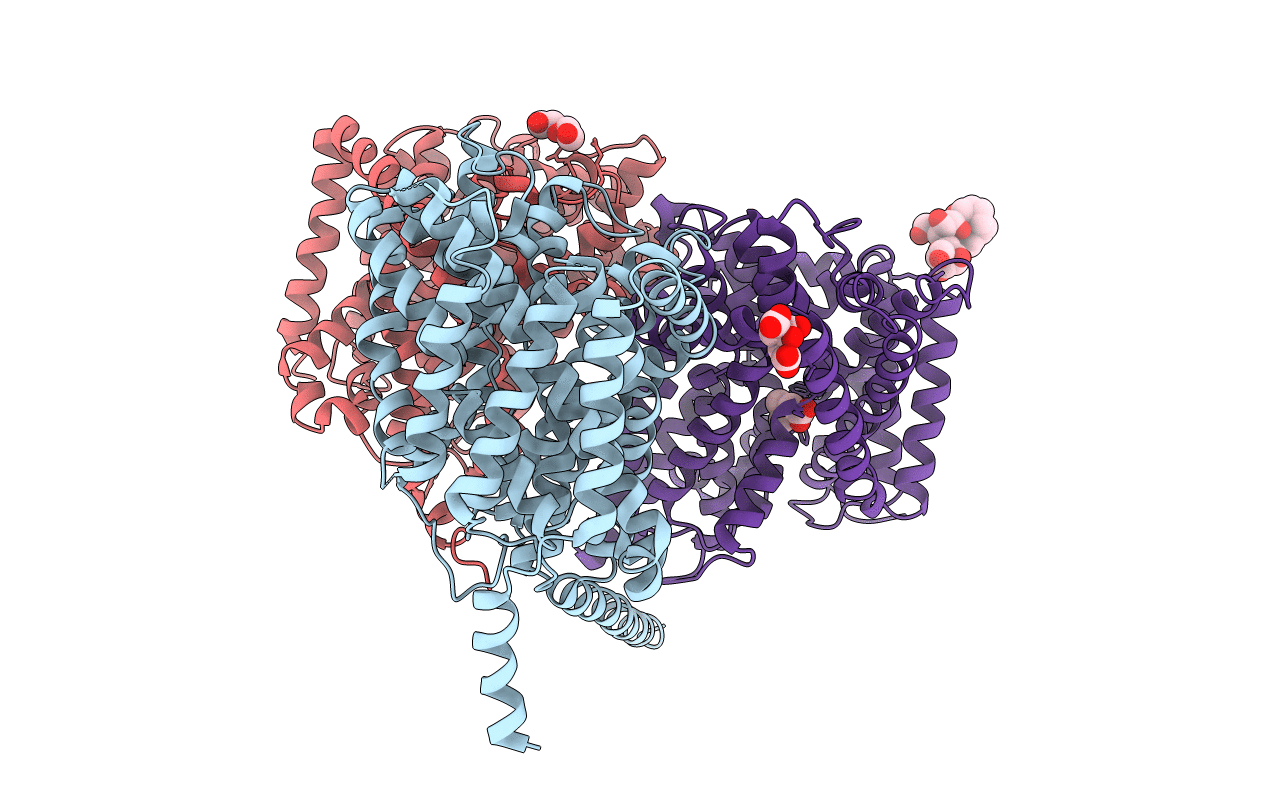
Deposition Date
2012-02-10
Release Date
2012-06-06
Last Version Date
2023-11-15
Entry Detail
Biological Source:
Source Organism:
CORYNEBACTERIUM GLUTAMICUM (Taxon ID: 1718)
Host Organism:
Method Details:
Experimental Method:
Resolution:
3.10 Å
R-Value Free:
0.28
R-Value Work:
0.22
R-Value Observed:
0.22
Space Group:
P 21 21 21


